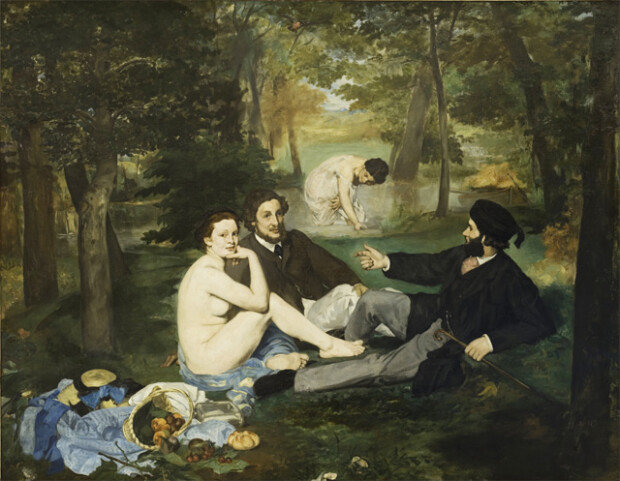Scandal-made fame
Scandal-made fame
Posted October. 24, 2019 07:34,
Updated October. 24, 2019 07:34

You should be wary of scandals if you are famous as they can break you down. On the other hand, if you are nobody, they can put you on the map. The latter was the case for 19th-century French painter Edouard Manet. Despite being an advocate for impressionism, he did not participate in any impressionist exhibitions. Instead, he submitted his works to juries of the Salon, an official art exhibition sponsored by the French government, for recognition.
Since 1667 under Louis XIV, the Salon had been the exhibition for artists of the time. It aimed to promote traditional academic art, making it difficult for innovative artworks to be featured. In 1863, the juries were presented with an unprecedented amount of paintings, forcing them to refuse 2,783 out of 5,000 submitted. This led to complaints of the refused artists, and Emperor Napoleon III set up "the Salon des Refusés," an exhibition of paintings rejected by the official Salon to accommodate them. The exhibition displayed three of Manet’s paintings, one of which was “The Luncheon on the Grass.”
The painting depicts two well-dressed men and a naked woman having a conversation in the park. The two men are Manet’s brother, Eugène, and an Irish novelist who was a friend of Manet's and the woman is 18-year-old Victorine Meurent, Manet’s favorite model.
The painting infuriated the public. People were enraged at the fact that a naked prostitute, not graceful Venus, is sitting with two gentlemen shamelessly in a public space. Probably they could not bear her bold direct stares at spectators. Public anger as well as mockery reached its peak when, two years later, the painter submitted “Olympia,” a painting of the same female model in the nude, to the Salon. Both paintings were inspired by famed Renaissance painter Titian, but no one seemed to care.
The Salon exhibition made Manet a scandal maker instead of bringing him the fame he desired. As with all the great artists who were ahead of their time, the artist had to deal with public insults and hurtful criticism. However, he is now being praised as a revolutionary artist who freed paintings from traditions and conventions and a father of modern art who heralded the era of modernism.







